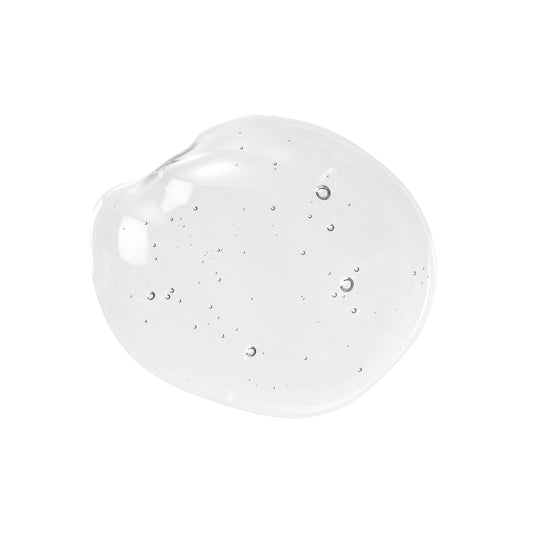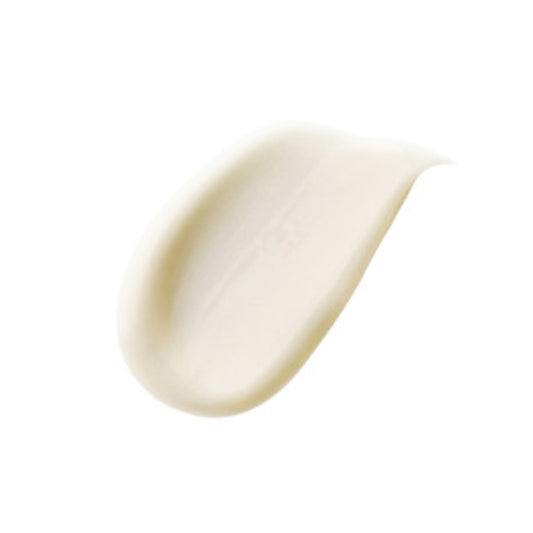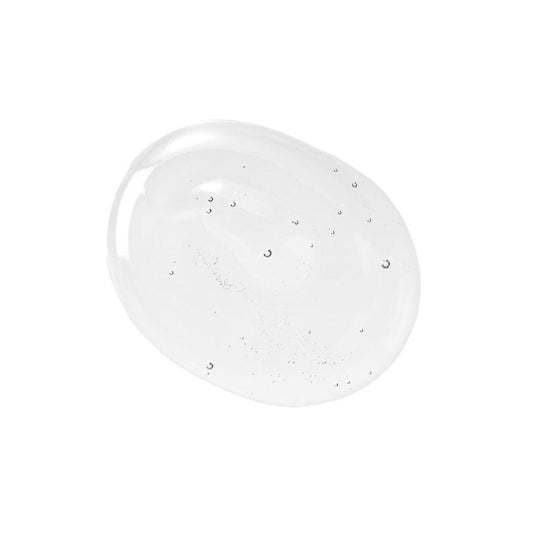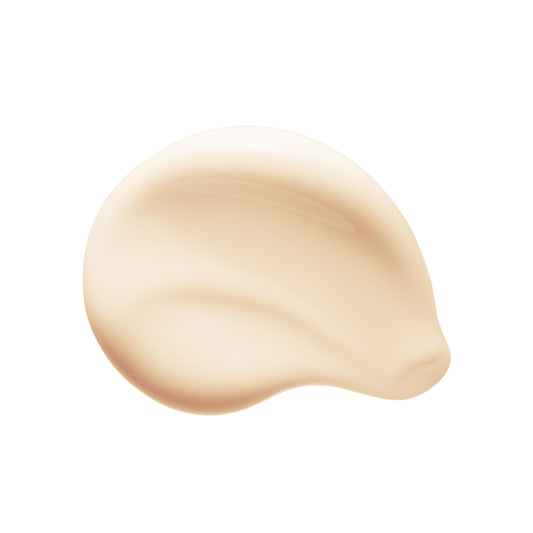Everyone seems to be raving about the potent anti-ageing abilities of Matrixyl 3000 & Matrixyl Synthe 6 ... but is this excitement misplaced? Do these peptides really work, if so, how? (Schagen, 2016)
Matrixyl 3000
Let's begin with Matrixyl 3000. Matrixyl 3000 is a trademarked combination of the peptides Palmitoyl tripeptide-1 & Palmitoyl tetrapeptide-7. But before looking at how Palmitoyl tripeptide-1 & Palmitoyl tetrapeptide-7 work together in Matrixyl 3000 lets discuss their individual activity.
Palmitoyl tripeptide-1 is thought to act as a messenger peptide that promotes collagen renewal by acting on TGFβ. As a result, Palmitoyl tripeptide-1 is thought to possess potent anti-ageing activity through diminishing wrinkles and is the reason why it's prevalent among a wide variety of skincare and make-up products. But what does the clinical data suggest? A study containing fifteen women that applied a Palmitoyl tripeptide-1 cream 2 times per day for 4 weeks noticed a statistically significant reduction in skin roughness & wrinkle depth. In addition, another clinical study containing 23 women that applied the Palmitoyl tripeptide-1 peptide for 4 weeks noticed a significant difference in skin thickness. So it's evident through various clinical studies that Palmitoyl tripeptide-1, one of the ingredients contained in Matrixyl 3000 works effectively and lives up to its claims, even when alone.
Palmitoyl tetrapeptide-7, is the other active peptide contained within Matrixyl 3000. But does it work effectively when alone, if so, how does it work? Palmitoyl tetrapeptide-7 decreases IL-6 secretion which is an anti-inflammatory cytokine messenger secreted after exposure to UVB-irradiation. In a clinical study, 60 individuals with photo-damaged skin (aged 45–80) were tested over 1 year period where they administered a formulation containing palmitoyl tetrapeptide-7. At the conclusion of the study there was a reduction of facial wrinkles!
So it's apparent both Palmitoyl tripeptide-1 & Palmitoyl tetrapeptide-7 work effectively when independent. So how to do they work when together (Matrixyl 3000). Well, as you probablybguessed, very effectively! Blind, randomised clinical studies have been conducted on 28 individuals where they were administered cream containing Matrixyl 3000 (Palmitoyl tripeptide-1 & Palmitoyl tetrapeptide-7) twice per day to one side of their face and one forearm and a placebo (cream without Matrixyl 3000) to the other side of their face and other forearm. At the conclusion of the study results demonstrated anti-wrinkle efficacy, reduction of wrinkle depth, volume and density, skin roughness as well as a decrease of the area occupied by deep wrinkles (Fournial & Mondon, 2017). In light of the clinical data, it's clear Matrixyl 3000 really does live up to its name!
Matrixyl Synthe 6
What about the anti-ageing abilities of Matrixyl Synthe 6? Let's get into it. Matrixyl Synthe 6 contains the active peptide palmitoyl tripeptide-38, so we'll delve into clinical data on this peptide to evaluate the efficacy of Matrixyl Synthe 6.
A clinical study where a cosmetic product containing palmitoyl tripeptide-38 (Matrixyl Synthe 6) was applied to the face two times per day for approximately 1 month to 32 women with sensitive skin and crow’s feet wrinkles was conducted. Upon the conclusion of the study the results demonstrated significant anti-wrinkle effects. Furthermore, Matrixyl Synthe 6 demonstrated to improve ageing skin after approximately one week of application.
In summary, through evaluation of clinical data on Matrixyl 3000 & Matrixyl Synthe 6 it's clear they both peptide complexes live up to their claims and potent anti-ageing abilities!




